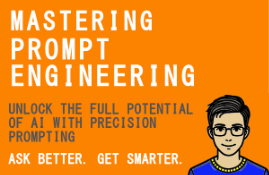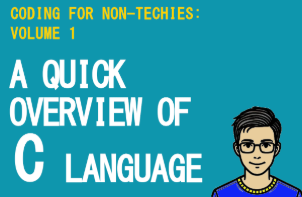
프롬프트 엔지니어링 완전 정복
아리가람
이 강의는 대규모 언어 모형(LLM)이나 생성형 인공지능을 효과적으로 활용하기 위한 핵심 기술인 프롬프트 엔지니어링을 체계적으로 학습하는 과정입니다. 기초 이론부터 실전 기법, 그리고 최신 응용 사례와 보안·윤리 문제까지 폭넓게 다루어, LLM 기반 서비스 개발자·데이터 사이언티스트·AI 기획자 모두에게 실질적인 도움을 제공합니다.
中級以上
프롬프트엔지니어링
You can quickly understand C language's basic concepts and grammar.

Variable, Data Type, Standard I/O, Basic Operators, Conditional Statements, Loops
array, string, function, pointer, struct, file I/O
Who is this course right for?
First-time C language learner
Person who wants to solidify programming basics
Developer targeting C-language fields like embedded and system programming
560
Learners
29
Reviews
2
Answers
4.5
Rating
17
Courses
IT가 취미이자 직업인 사람입니다.
다양한 저술, 번역, 자문, 개발, 강의 경력이 있습니다.
All
83 lectures ∙ (15hr 38min)
Course Materials:
$17.60
Check out other courses by the instructor!
Explore other courses in the same field!